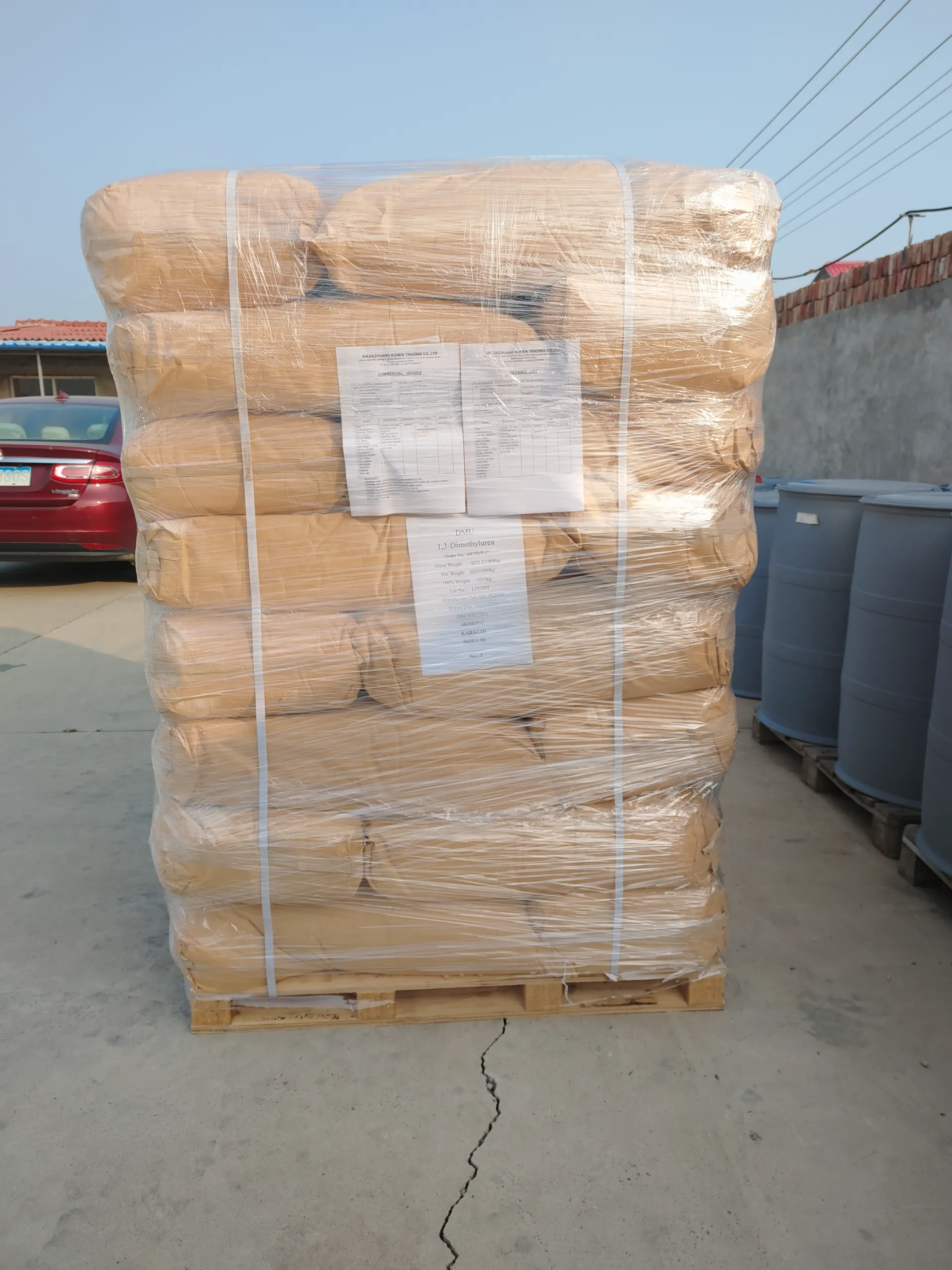Метилмоурс is an important pharma intermediate, which is widely used in medicine, pesticides and dyes. In the textile industry, methylurea has a good development prospect because of its unique chemical properties and versatility, which is applied to textile auxiliaries, dyeing and finishing and preparation of functional fiber materials.

Applicability of Methylurea in Textile Industry
The chemical characteristics of methylurea lay the foundation for its application in textile industry;
Molecular modification ability: Methylurea can be combined with fiber materials or auxiliaries to improve textile properties.
Easy to combine with fiber: its urea group can react with hydroxyl or amino group on the surface of fiber to form covalent bond, which improves the functionality of fiber.
Environmental friendliness: compared with traditional chemicals, n methyl urea is less toxic and more in line with the requirements of green production.
Application of Methylurea in Textile Auxiliaries
Textile auxiliaries are indispensable chemicals in textile industry, and the introduction of n methyl urea can significantly improve the properties of auxiliaries.
Anti-crease finishing agent
The function of methylurea in crease-resistant finishing agent is mainly reflected in the following aspects:
Crosslinking: Methylurea reacts with hydroxyl groups in cellulose molecules to form a cross-linked network structure, thus improving the dimensional stability and wrinkle resistance of fibers.
Environmental protection advantages: traditional crease-resistant finishing agents such as urea-formaldehyde system are easy to release formaldehyde, while methylurea instead of urea can greatly reduce formaldehyde release, which meets environmental protection requirements.
Softening agent and antistatic agent
Methylurea can synthesize textile softener and antistatic agent with excellent performance by condensation reaction with fatty acid or siloxane;
Softener: The molecular weight of the softener modified by n methyl urea is moderate, which can form a smooth coating on the fiber surface and improve the comfort of hand.
Antistatic agent: Methylurea modified antistatic agent has excellent hygroscopicity and conductivity, which can significantly reduce the electrostatic accumulation on the surface of textiles.
Moisture absorption and air permeability finishing agent
By combining with hydrophilic molecules, n methyl urea can be used as the raw material of moisture absorption and breathable finishing agent, which makes the fiber material have better moisture management performance and is suitable for sportswear and functional textiles.
Future Prospect of Methylurea in Textile Industry
Optimization of Green Chemical Technology
By developing more green and efficient methylurea production process (such as biocatalysis), its economy and sustainability can be improved.
Research and development of high performance additives
Combined with nanotechnology and molecular design, n methyl urea can be used to develop textile auxiliaries with higher efficiency and functionality.
Development of intelligent textiles
Using the chemical modification ability of methylurea, combined with sensor or intelligent material technology, new functional textiles are produced.

